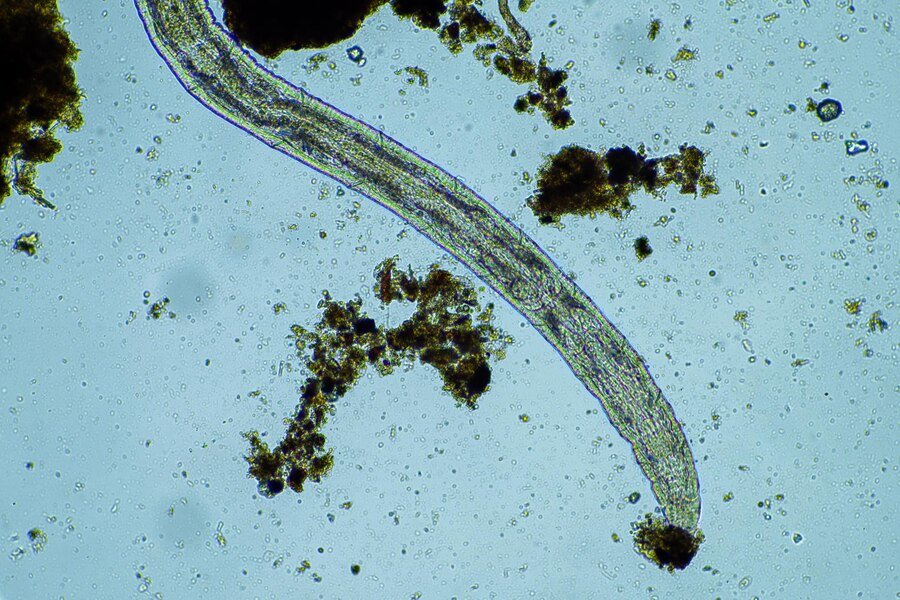Whipworm infection, caused by the parasitic nematode Trichuris trichiura, is a significant public health concern, particularly in tropical and subtropical regions. This intestinal parasite primarily affects humans and is transmitted through the fecal-oral route. Whipworm infections are often associated with poor sanitation, crowded living conditions, and inadequate hygiene practices. Buy Fenbendazole Australia Online at Medzsupplier.
Life Cycle and Transmission
The whipworm has a distinctive whip-like appearance, with a long, thin anterior end and a thicker posterior end. The life cycle begins when infective eggs are ingested, typically through contaminated food or water. Once ingested, the eggs hatch in the small intestine, releasing larvae that migrate to the large intestine, where they mature into adult worms. Adult female whipworms can produce thousands of eggs daily, which are excreted in the host’s feces. These eggs can survive in soil for years, maintaining their infectivity.
Symptoms
Many individuals infected with whipworm experience no symptoms, particularly if the infection is mild. However, in cases of heavier infestations, a range of symptoms may arise, including:
Abdominal Pain: Cramping and discomfort in the abdomen are common.
Diarrhea: Infected individuals may experience frequent, loose stools, sometimes containing mucus or blood.
Weight Loss: Malnutrition can occur due to the parasite’s competition for nutrients.
Anemia: Whipworms can lead to iron deficiency anemia, primarily in children and malnourished individuals.
Growth Retardation: In children, chronic infections can impair growth and cognitive development.
Diagnosis
Whipworm infection is diagnosed through the identification of eggs in a stool sample. A qualified healthcare provider may request multiple stool samples, as the presence of eggs can be intermittent. In some cases, colonoscopy or sigmoidoscopy may be employed to visualize the worms directly in severe cases or when complications arise.
Treatment
The primary treatment for whipworm infection involves antiparasitic medications. The World Health Organization (WHO) recommends two effective drugs:
Mebendazole: A single dose of 500 mg or a 3-day course of 100 mg twice daily can effectively eliminate the parasite.
Albendazole: A single dose of 400 mg is also effective.
Both medications work by inhibiting the worm’s ability to absorb glucose, leading to its eventual death. In cases of severe anemia or malnutrition, additional supportive care may be necessary.
Prevention
Preventing whipworm infection is primarily focused on improving sanitation and hygiene practices. Key strategies include:
Access to Clean Water: Ensuring access to safe drinking water is crucial in preventing transmission.
Sanitation Facilities: Building and maintaining proper sanitation facilities can help reduce the risk of fecal contamination in the environment.
Health Education: Educating communities about proper hygiene practices, such as handwashing after using the toilet and before handling food, can significantly reduce infection rates.
Regular Deworming: Mass drug administration programs in endemic areas can help control and reduce the prevalence of whipworm infections, especially in children.
Conclusion
Whipworm infection poses a significant health threat, particularly in areas with poor sanitation. By improving hygiene practices, increasing access to clean water, and implementing regular deworming programs, communities can effectively reduce the incidence of this parasitic infection. Early diagnosis and treatment are essential to prevent complications and promote overall health.



